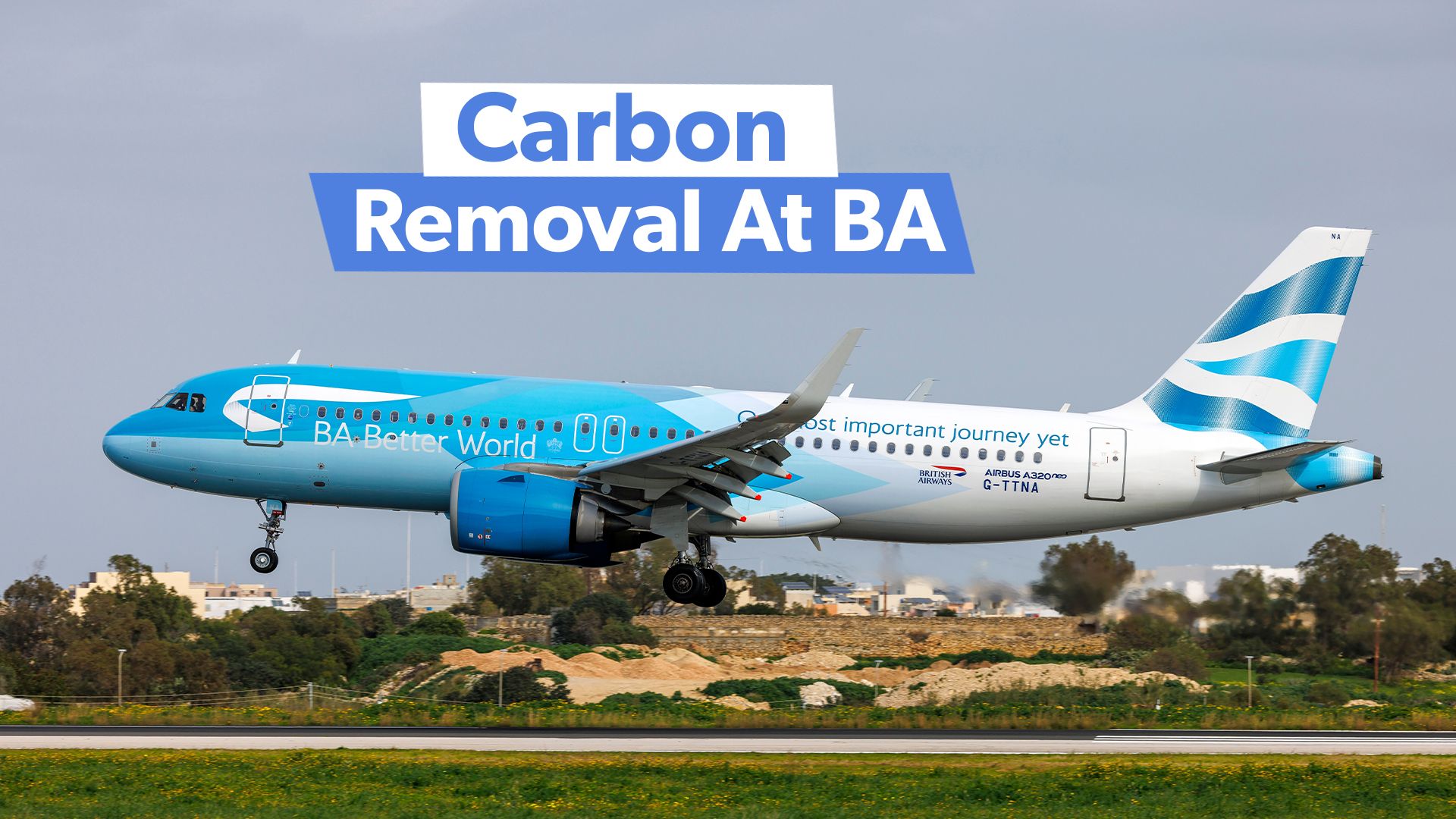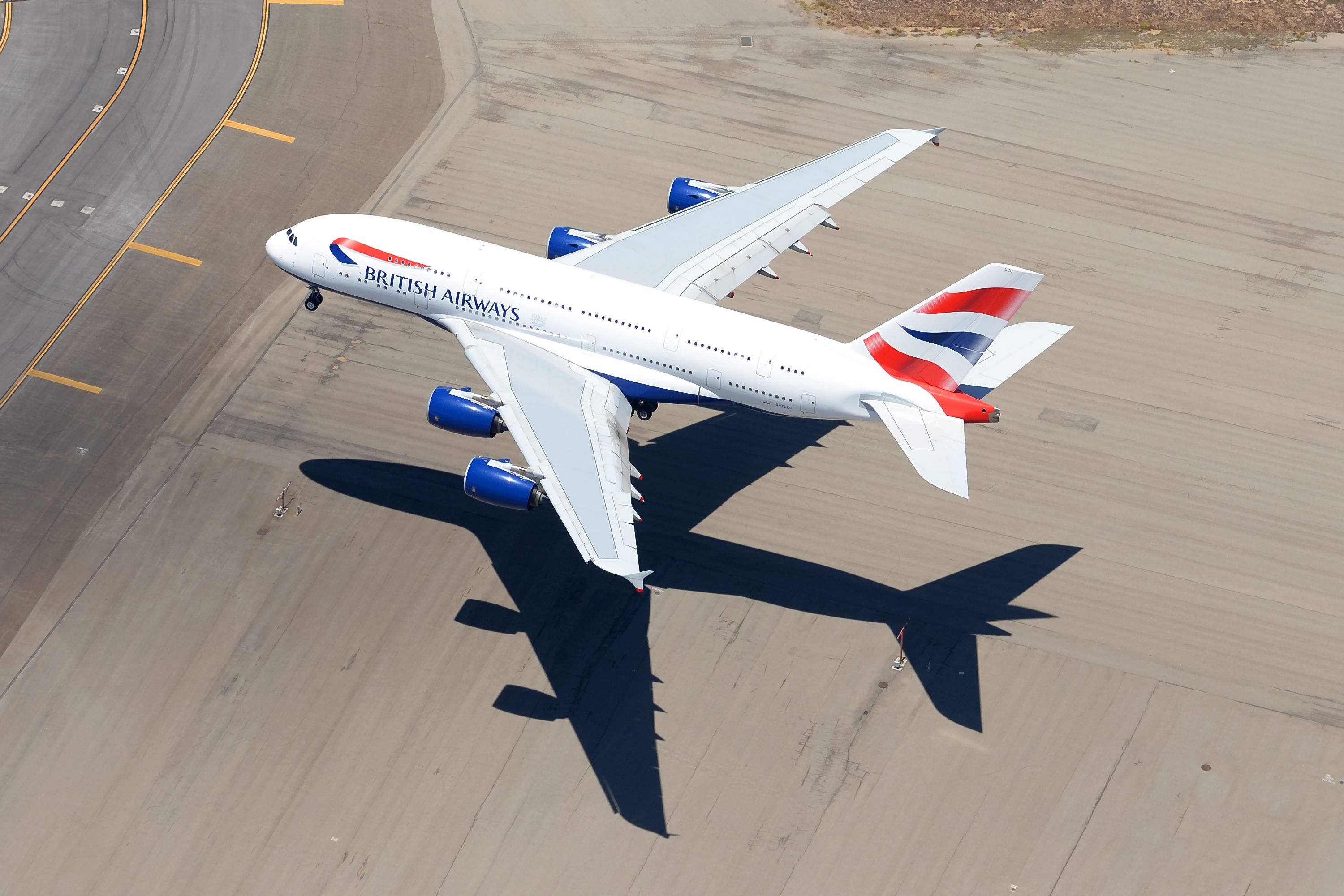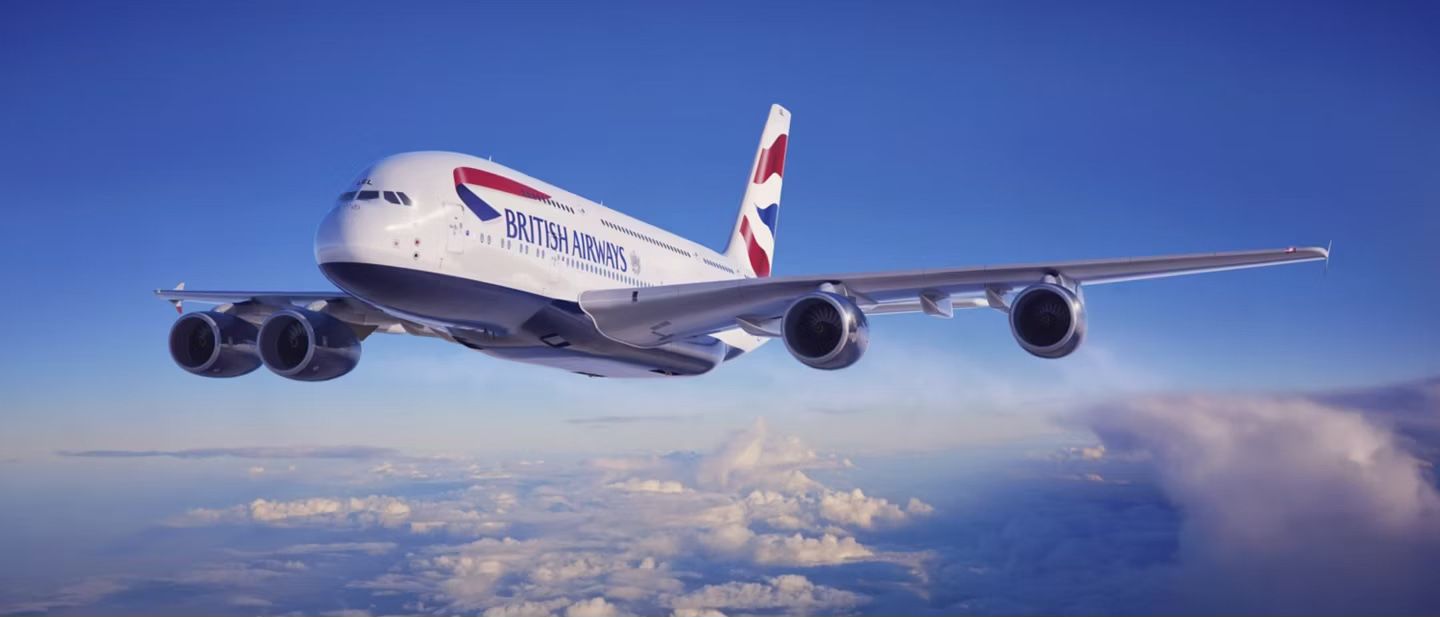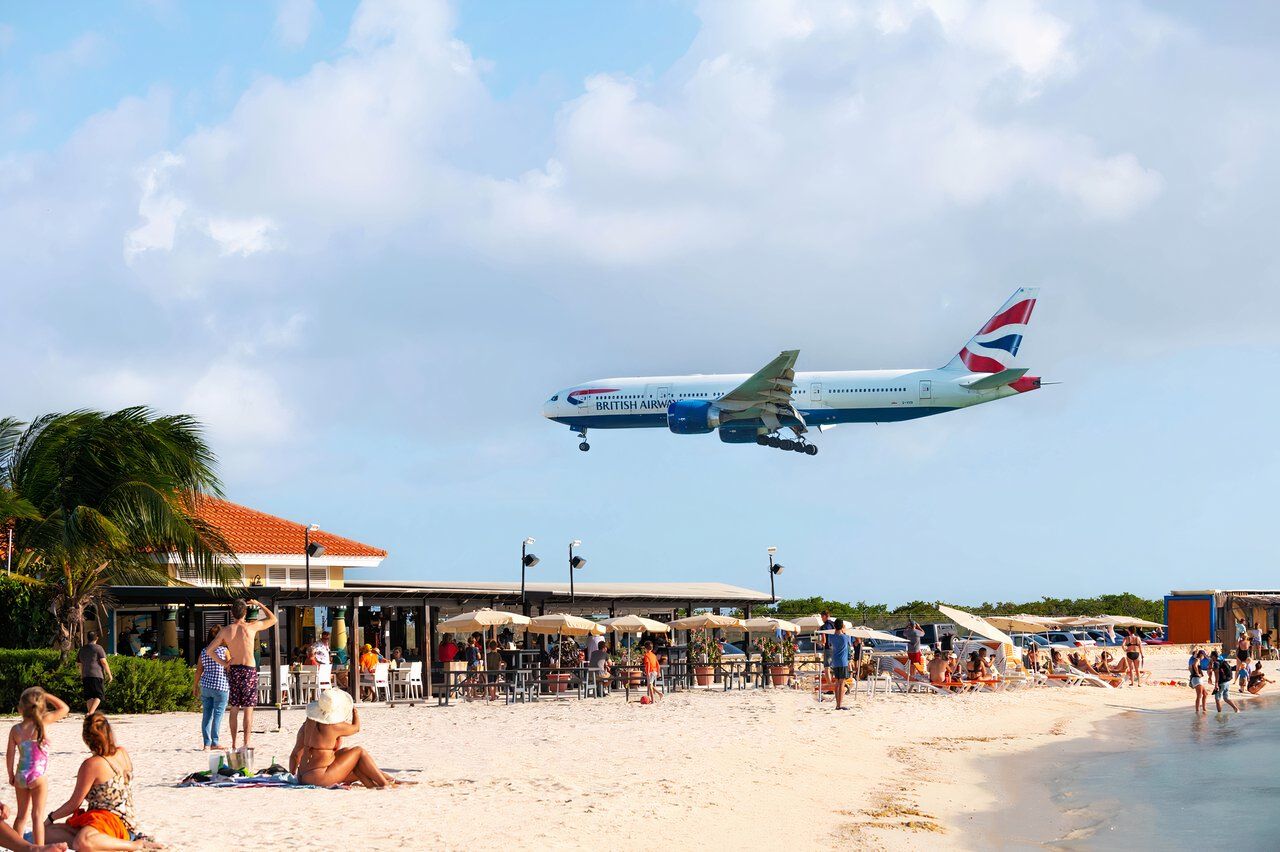The United Kingdom
has some of the world’s most ambitious carbon-removal targets, and the country is committed to becoming net zero emissions
by 2050 (even the
Royal Air Force is planning to be the first net zero air force by 2040
). ![]() British Airways
British Airways
has also committed to becoming net zero by 2050 and this is now an important part of the airline’s long term sustainability strategy.
UK a leader in decarbonization
In a deeply symbolic move, the final coal power plant in the United Kingdom is scheduled (at the time of writing, 29 September) for midnight on 30 September 2024. The Industrial Revolution began in the United Kingdom, powered by coal in the 18th Century, before spreading around the world. The UK has now more than halved its carbon emissions from its peak, and around 40% of the country’s electricity generation comes from renewable sources (especially wind energy).
“The figures also show that the UK has reduced its territorial greenhouse gas emissions by 428 MtCO2e between 1990 and 2023 – more than the combined emissions reductions from the US, Canada, France, Italy and Japan between 1990 and 2021.” – UK Government
|
United Kindom net-zero targets: |
|
|---|---|
|
By 2050: |
All UK must be net-zero |
|
Scotland: |
Net-zero by 2045 |
|
By 2037: |
78% reduction in emissions |
|
By 2030: |
68% reduction in emissions |
|
By 2027: |
52% reduction in emissions |
As Great Britain moves to decarbonize its power grid, so too is it moving to decarbonize its transport sector. From 2035, the sale of new gas, petrol, and diesel-powered cars (including hybrids) will be banned across the United Kingdom. The aviation sector is more difficult to decarbonize, but efforts are also being made to decarbonize this sector (aviation accounts for around 2.5% of the world’s carbon emissions and contributes around 4% to global warming).
British Airways: the first to commit to net-zero
Against this backdrop, British Airways announced on 23 September 2024 that it has signed a deal to purchase over “£9 million worth of innovative carbon removal credits in the United Kingdom and overseas as part of a six-year agreement.” British Airways became the first airline group in 2019 to commit to net-zero emissions by 2050 or sooner. By 2050, around a third of British Airways’ emission reductions are planned to come from “robust carbon reductions and removals in other sectors…“
Photo: Ivan Marc | Shutterstock
British Airways has stated that there is no pathway to net zero for aviation without carbon removals. Carbon removal is removing carbon dioxide from the atmosphere and storing it in trees, soils, underground, or elsewhere.
British Airways states this is part of an “ambitious drive to accelerate” the airline’s climate change efforts by 2030.
“The airline’s portfolio also includes Canadian carbon capture projects, which focus on carbon removal from rivers and oceans using alkaline rock particles, while in India, the airline is backing a biochar project that empowers female farmers while enhancing soil biodiversity and farm yields.” – British Airways
Photo: British Airways
The scheme will see CO2 emissions captured by Scottish whiskey distilleries repurposed into building materials. This is an effort to lock carbon away for thousands of years. British Airways will also purchase carbon removal credits from two companies “specialising in high-durability reforestation projects” that intend to increase forested land in Scotland and Wales.
Airline industry working on range of solutions
Investing in reforestization projects and carbon storage are just two of the ways airlines can help reduce carbon emissions overall. The airline industry is currently working hard to reduce its carbon and greenhouse gas emissions footprint by tackling the issue from a wide range of angles. There is no single silver bullet for the aviation industry to decarbonize – it will need a multi-pronged strategy.
Examples of how the airline industry reduces carbon emissions
- Studying reducing contrails
- Producing more efficient aircraft
- Investing in developing electric aircraft
- Investing in developing hydrogen-powered aircraft
- Using more sustainable aviation fuels
Photo: Airbus
Another way British Airlines claims to be investing in becoming greener is by investing in zero emissions/hybrid vehicles at Heathrow Airport.
Sustainable Aviation Fuel remains in its infancy, but there are plans and calls for it to be scaled up massively. Currently, around 1% SAF is routinely delivered into the existing pipeline infrastructure at Heathrow. Even the
US Air Force is investing in a demonstrator plant to power its air force bases with sustainable geopressured geothermal systems
.
Now other key players in the industry (like
Airbus) are working to be net zero by 2050
.
United Kingdom has heavy environmental taxes
Additionally, the United Kingdom has some of the world’s largest green taxes on flying (they make up a large percentage of the airport taxes when purchasing flights).
Photo: British Airways
The United Kingdom introduced Air Passenger Duty (APD) in 1994, and today, it costs commercial passenger flights £7 to £224 ($9 to $295) per flight. The £7 is the lowest tax applied to the lowest class of air tickets. The IATA has noted, “In recent years, there has been an increasing trend, particularly within Europe, to tax passengers and airlines for the environmental impact of air travel.”






